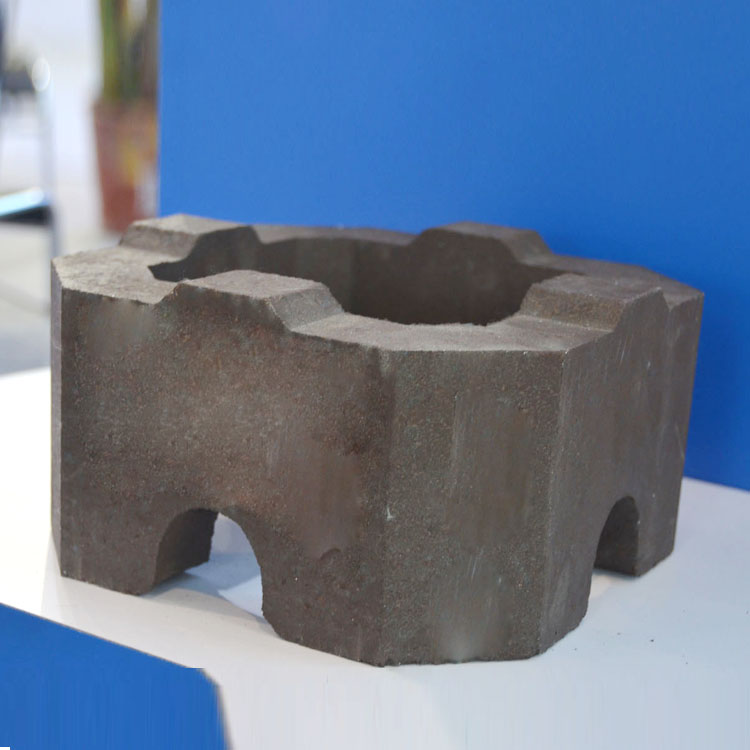.jpg?x-oss-process=image/resize,h_1000,m_lfit/format,webp)
In high-temperature working scenarios such as steel smelting and glass manufacturing, the performance of refractory materials is crucial. Poor performance of refractory materials can lead to frequent replacements, increased production costs, and even potential safety hazards. That's where high-temperature magnesia-chrome bricks come in.
High-temperature magnesia-chrome bricks are made from sintered magnesia and refractory-grade chromite ore. Sintered magnesia is a high-quality raw material with high purity and good refractoriness, while refractory-grade chromite ore provides excellent corrosion resistance. These two raw materials are bonded together by silicate, which gives the magnesia-chrome bricks unique advantages.
The manufacturing process of magnesia-chrome bricks involves carefully selecting raw materials, mixing them in the right proportion, and then pressing and sintering them at high temperatures. This process ensures that the bricks have a dense structure, high strength, and excellent chemical stability.

Let's take a look at the performance of high-temperature magnesia-chrome bricks through some data and comparisons. In strength tests, the compressive strength of magnesia-chrome bricks can reach up to 50 MPa, which is much higher than many other refractory materials. This high strength allows them to withstand greater pressure in high-temperature environments.
In corrosion resistance experiments, magnesia-chrome bricks showed excellent performance. They can resist the corrosion of various molten metals and slags, greatly extending their service life. For example, in steel smelting, the corrosion rate of magnesia-chrome bricks is only about 10% of that of ordinary refractory materials.
When it comes to thermal shock stability, magnesia-chrome bricks are also outstanding. In the comparison chart of thermal cycling performance with magnesia bricks, it can be clearly seen that magnesia-chrome bricks can maintain better performance after multiple thermal cycles. The following is a simple comparison table:
| Material | Number of Thermal Cycles | Performance Retention Rate |
|---|---|---|
| Magnesia-chrome Bricks | 50 | 80% |
| Magnesia Bricks | 50 | 60% |
In the steel smelting industry, a steel plant replaced the original refractory materials with high-temperature magnesia-chrome bricks. As a result, the service life of the furnace lining was extended from 3 months to 6 months, reducing the frequency of furnace repairs and greatly improving production efficiency. At the same time, the consumption of refractory materials was reduced by about 30%, saving a lot of costs.
In the glass manufacturing industry, a glass factory used magnesia-chrome bricks in the melting furnace. The high refractoriness and corrosion resistance of magnesia-chrome bricks ensured the stability of the furnace temperature and the quality of the glass. The production efficiency was increased by about 20%, and the energy consumption was reduced by about 15%.
.jpg)
In summary, high-temperature magnesia-chrome bricks are made of high-quality raw materials, with excellent performance in strength, corrosion resistance, and thermal shock stability. They have been widely used in steel smelting, glass manufacturing and other industries, bringing significant benefits to enterprises in terms of improving efficiency and reducing costs. They are truly the ideal choice for high-performance refractory materials.
Don't miss this high-temperature magnesia-chrome brick! If you want to improve the performance of your high-temperature equipment and reduce costs, please contact us now. You can consult us by email or visit our official website for more information.
Contact Us
